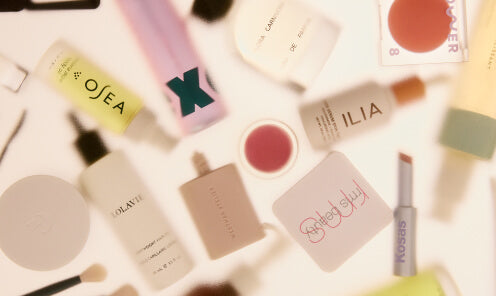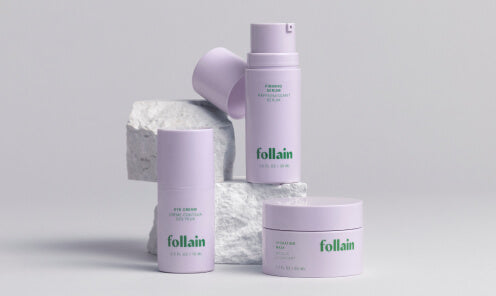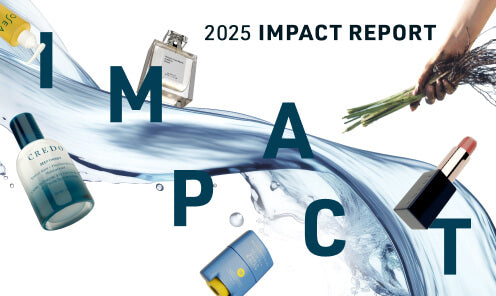Our VP of Sustainability and Impact, Mia Davis, gives us the scoop on mineral and chemical sunscreen ingredients (updated: March 2021).
It is finally spring! While the sun can feel amazing, and small exposures can be good for your health, radiation from the sun - in the form of UVA and UVB rays - can cause skin damage every day, not just during the summer or on bright, sunny days. Sunscreen provides a barrier against those harmful UV rays, giving your skin the armor it needs to help prevent skin cancer and other undesirable effects of sun exposure. So- time to buck up on your sunscreen knowledge, and make a safer sunscreen purchase before you catch some rays.
Already a pro when it comes to SPF? Check out our bestselling sun care products here.
Mineral and chemical sunscreens
Active ingredients in sunscreens come in two forms-- mineral (or physical) and chemical. Each uses a different mechanism for protecting skin; the mineral sunscreens reflect the rays, and the chemical sunscreens absorb the rays. Most sunscreens on the market contain chemical filters including some combination of the following active ingredients: oxybenzone, avobenzone, octisalate, octocrylene, homosalate and octinoxate. Most of these ingredients have huge data gaps--we simply don’t know what they might be doing to humans or to the environment. But for what we do know gives us pause: Studies indicate that some chemical UV filters may mimic hormones or cause skin allergies, and oxybenzone (the most common one) is toxic to coral reefs and marine life.
Mineral sunscreens use zinc oxide and/or titanium dioxide to protect against UV rays. Many of the zinc oxide and titanium dioxide-based sunscreens contain nanoparticles, which are tiny particles that are one-twentieth the width of a human hair. Sunscreen makers use nanoparticles to make the product more sheer (less of that chalky white or purple hue). These particles can still block UV rays, but they can also be absorbed into the skin. Scientists do not know much about potential long term health effects of nanoparticles.
Out of caution and to help reduce the negative impacts of sunscreens in the environment, Credo stocks only brands that use non-nano, mineral active ingredients. No chemical sunscreens, period, just clean, nontoxic, safe sun protection.
Other sun protection facts
SPF, or Sun Protection Factor, is a number given to sunscreens to inform consumers how long the product will protect her from harmful UV rays. Customers should look for a broad spectrum sunscreen—these protect against UVB and UVA rays. But higher number sunscreens aren’t actually better for you than lower number. Higher number SPFs can lull users into thinking that they are safe for long periods of time, and that they might not need to reapply, when in reality, they are not much more protective than SPF 30.
It is essential that you apply enough (experts say about a shot glass full) sunscreen all over your body, and reapply after swimming, sweating, or at least every two hours. And the best protection is to stay out of the sun for long periods of time and during the middle of the day. Seek shade, wear more clothes, and don’t forget the hats and sunglasses.
Credo Sunscreens & Sun Care Products
Credo’s natural sunscreens — we only allow mineral sunscreens, and always have — provide you with up to SPF 50 protection, and may contain certified organic botanicals and moisturizing oils that help soothe and hydrate, and antioxidants like vitamins C and E.
Our sun care collection is safe, non-toxic, effective, and perfect for achieving a healthy, beautiful, sun-kissed glow. It includes tinted and non-tinted sunscreens for face, body and lips, post-sun balms, as well as sunless tanning mists, lotions, daily bronzers and other non-toxic beauty products formulated to help hydrate and protect your face and body - all with clean, safe, non-toxic ingredients. Check out our bestselling sun care products here.
Enjoy!
-Mia














